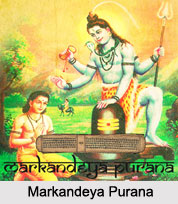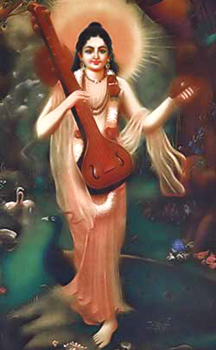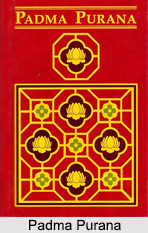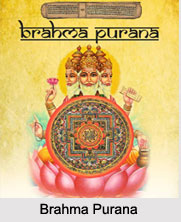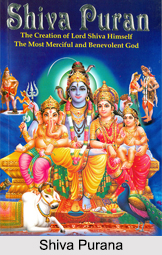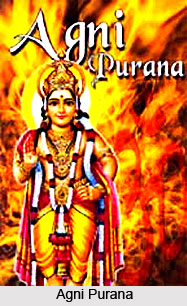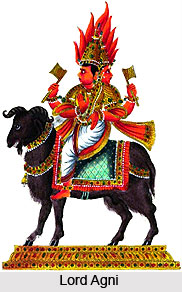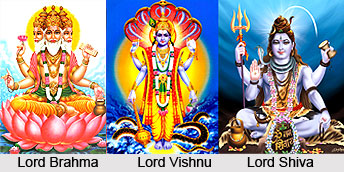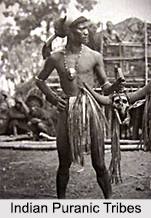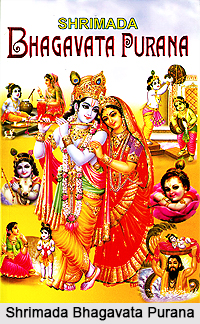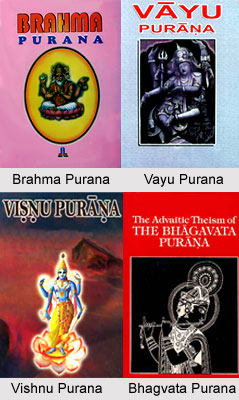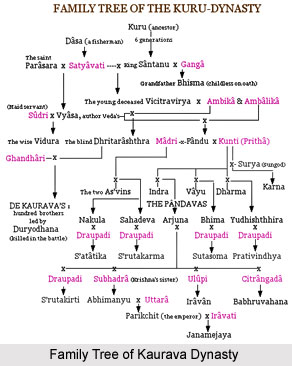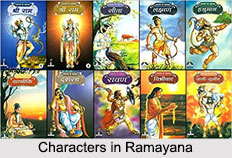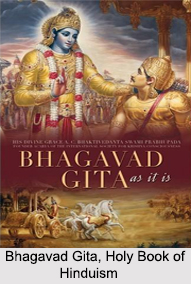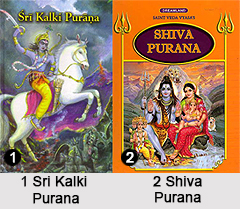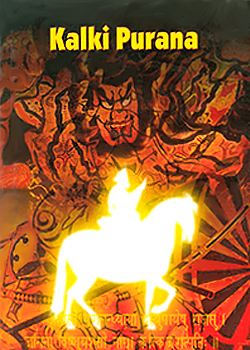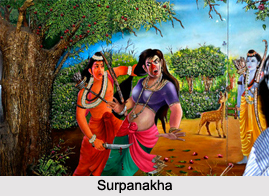According to Puranas once a ferocious battle had broken out between Lord Shiva and the demon Jallundhara. They both appeared equally matched with no one prepared to fall back, and hence the battle went forward for a long time. In fact it was not like an everyday battle between gods and demons, but it was a clash between the chastities of two virtuous women- Parvati and Vrinda. Lord Shiva knew it well that unless the chastity of Vrinda, wife of Jallundhara, was stained, Jallundhara could not be exterminated. But it was against the nature of gods- they could not spoil the chastity of a moral woman. Hence in spite of knowing everything, the gods were powerless, but for Jallundhara, nothing was forbidden. So thinking that by staining the chastity of Parvati, he could overpower Lord Shiva, Jallundhara reached Parvati in the guise of Lord Shiva. But Parvati, who is herself the absolute ruler of illusion (MAYA) knew by her merits the deceitfulness of Jallundhara. She at once ended his guise and signalled Lord Krishna (Vishnu) that it was exactly the time to blot the chastity of Jallundhara`s wife, Vrinda, and it will not be a sin. So, Lord Krishna approached Vrinda in the garb of Jallundhara. Vrinda could not understand the deceitfulness and because of Krishna`s intimate presence her chastity got deflowered. Later, when Vrinda came to know the reality, she turned furious and cursed Lord Krishna - "O Lord, despite being a learned God you have behaved like stupids. So go and turn into shapeless black stone". Thus by the curse of an uncorrupted woman Lord Krishna turned into a black stone. But later on Vrinda felt culpable that in a surge of excitement she had cursed none other than her own custodial deity. Thus soliciting pardon from God, she sought a boon that from that moment onwards God will be worshipped in the same stone form. Saying `Tathastu`, the Lord acceded to her curse and turned into a black stone, and thereafter came to be known as Shaligrama.
Lord Shiva further declares that, "My devotees who offer obeisances to the shalagrama-shila even negligently become fearless. Those who adore me while making a distinction between myself (Shiva) and Lord Hari will become free from this offence by offering obeisances to shalagrama-shila. Those who think themselves as my devotees, but who are proud and do not offer obeisances to my Lord Vasudeva, are actually sinful and not my devotees. O my son, I always reside in the shalagrama-shila. Being pleased with my devotion the Lord has given me a residence in His personal abode".
The Padma Purana speaks that gifting a shalagrama-shila is the best form of charity, equivalent to the effect of donating the entire earth together along with its forests, mountains, and everything. The Garuda Purana describes the grandeurs of keeping a shalagrama-shila with the promising mark of a chakra in one`s home.

